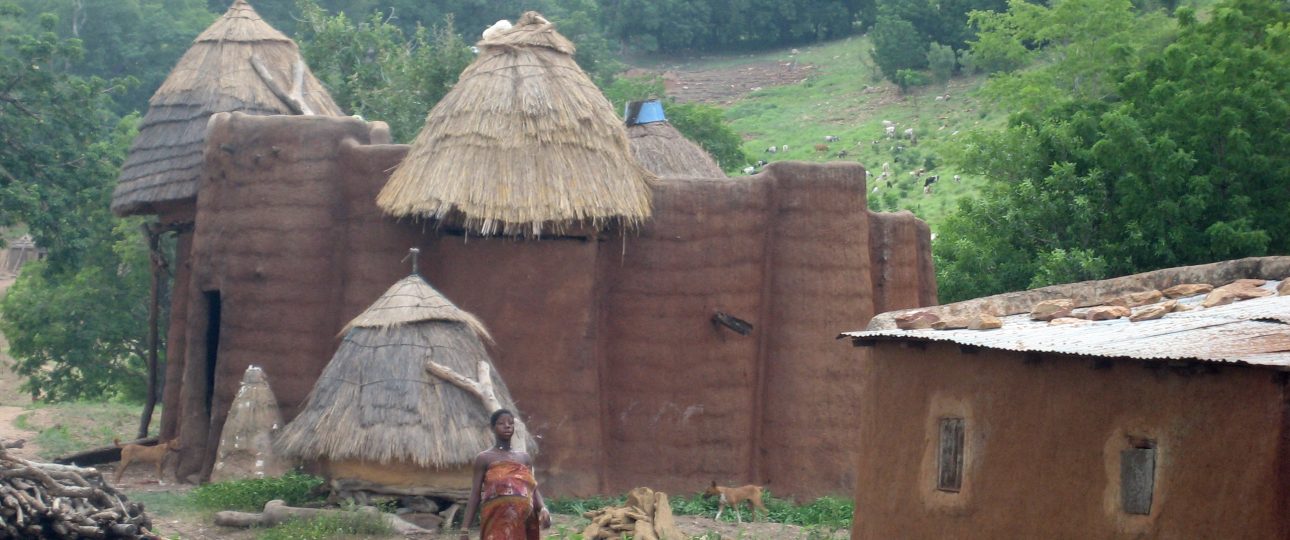Koutammakou: Exploring the Land of the Batammariba in Togo
The Unique Culture of the Batammariba People
The Batammariba People: A Living Heritage
The Batammariba, also known as the Tamberma, are the indigenous people of Koutammakou, a UNESCO World Heritage site located in northeastern Togo and extending into neighboring Benin. Their culture is renowned for its distinctive mud tower-houses, known as takienta (or sikien in the plural), which symbolize their cultural identity and social structure. These structures are built using local materials like clay and wood, designed to be both functional and defensible.
The Takienta: Architectural Marvels
The takienta are architectural masterpieces, reflecting the Batammariba’s deep connection to their environment. These tower-houses are typically circular, with multiple levels. The upper floors serve as living quarters, while the ground level is often used for livestock. The design of these homes is a testament to the Batammariba’s ingenuity and adaptability.
Traditional Practices and Beliefs
The Batammariba’s cultural heritage is deeply intertwined with their daily practices and beliefs. They maintain a strong connection to the land, with rituals and ceremonies playing a significant role in their lives. Events like harvest festivals and initiation ceremonies are celebrated with enthusiasm. Visitors to Koutammakou can witness these vibrant traditions and gain insight into the Batammariba way of life.
Exploring the Natural Beauty of Koutammakou
Breathtaking Landscapes
Koutammakou offers a diverse range of natural landscapes, from rolling hills to lush forests. Hiking is a popular way to explore the area, providing opportunities to experience its beauty firsthand. The region’s landscapes are not only picturesque but also deeply connected to the cultural practices of the Batammariba.
The Sacred Mountain
A notable feature of Koutammakou is its sacred mountain, which holds spiritual significance for the Batammariba. It is believed to be the dwelling place of spirits. Climbing the mountain offers panoramic views and a chance to connect with the spiritual energy of the area.
Waterfalls and Natural Pools
Scattered throughout Koutammakou are waterfalls and natural pools, providing a refreshing escape from the heat. These spots are ideal for a relaxing break, surrounded by the region’s lush vegetation.
Practical Travel Tips for Visiting Koutammakou
Best Time to Visit
The ideal time to visit Koutammakou is during the dry season, from November to February, when the weather is mild and conducive to outdoor activities. For those interested in cultural events, visiting during a traditional festival, such as the Yam Festival in August, can provide a richer experience.
How to Get to Koutammakou
Travelers can fly into Lomé-Tokoin International Airport, Togo’s main airport. From there, Koutammakou is about a five-hour drive. Options include hiring a car or taking a taxi. Public transportation, such as buses or shared taxis, is also available but may be less comfortable due to rough, unpaved roads.
Local Transportation and Accommodation Options
Once in Koutammakou, transportation options are limited. Hiring a local guide is recommended for navigating the terrain and gaining insights into the area. Accommodation includes guesthouses and eco-lodges, which should be booked in advance, especially during peak travel seasons.
Summary of Facts About Koutammakou
- Koutammakou is a UNESCO World Heritage site, recognized for its unique culture and traditional mud houses.
- The Batammariba people, also known as the Tamberma, are the indigenous inhabitants of Koutammakou.
- The takienta houses are a masterpiece of architecture and reflect the Batammariba people’s deep connection to their environment.
- The best time to visit Koutammakou is during the dry season, from November to February.
- Lomé-Tokoin International Airport is the main gateway to Koutammakou, and it takes approximately 5 hours to drive from the airport to the destination.
- Hiring a local guide is recommended for exploring Koutammakou and navigating the terrain.
- Accommodation options in Koutammakou include guesthouses and eco-lodges, and it’s advisable to book in advance.




